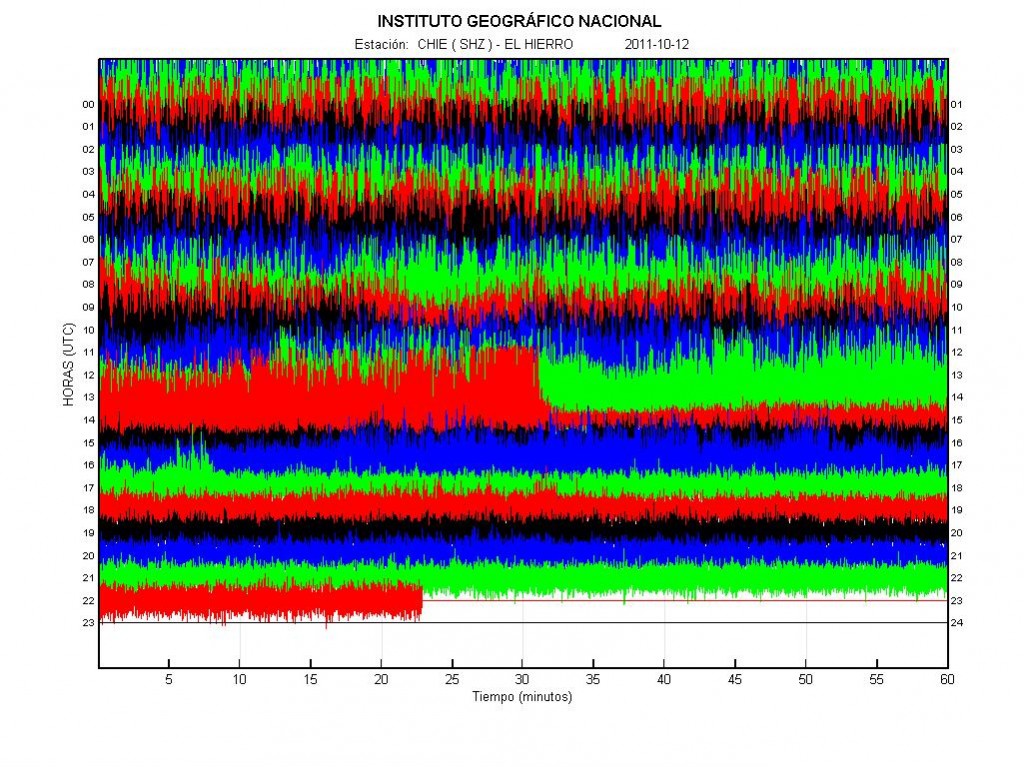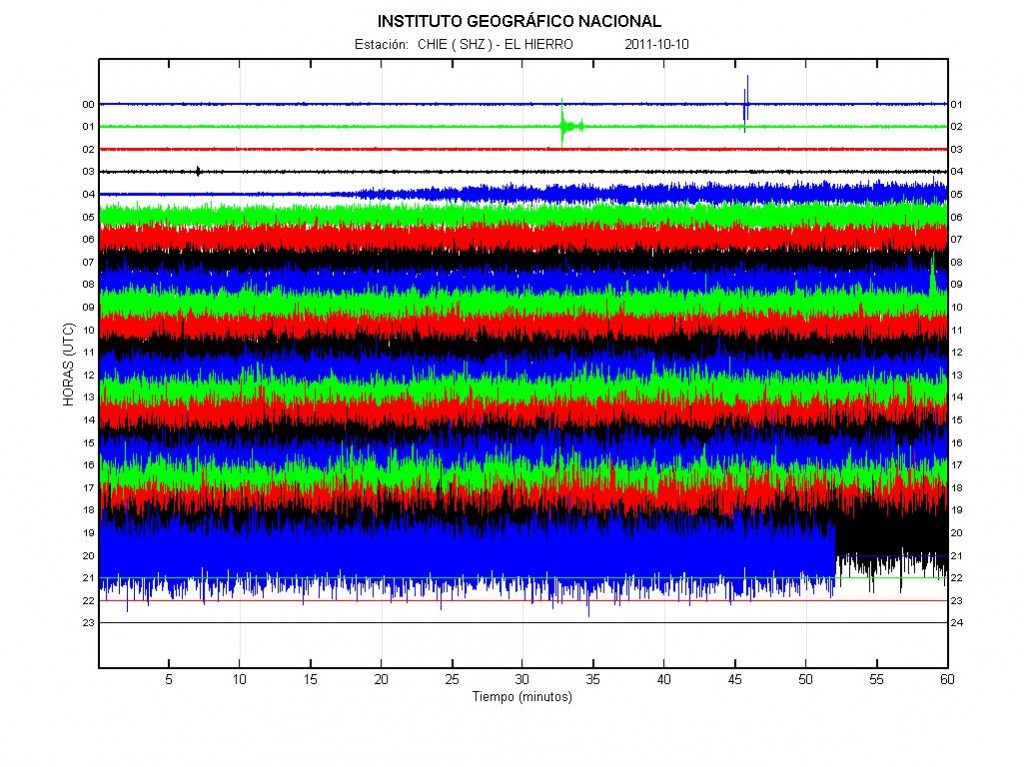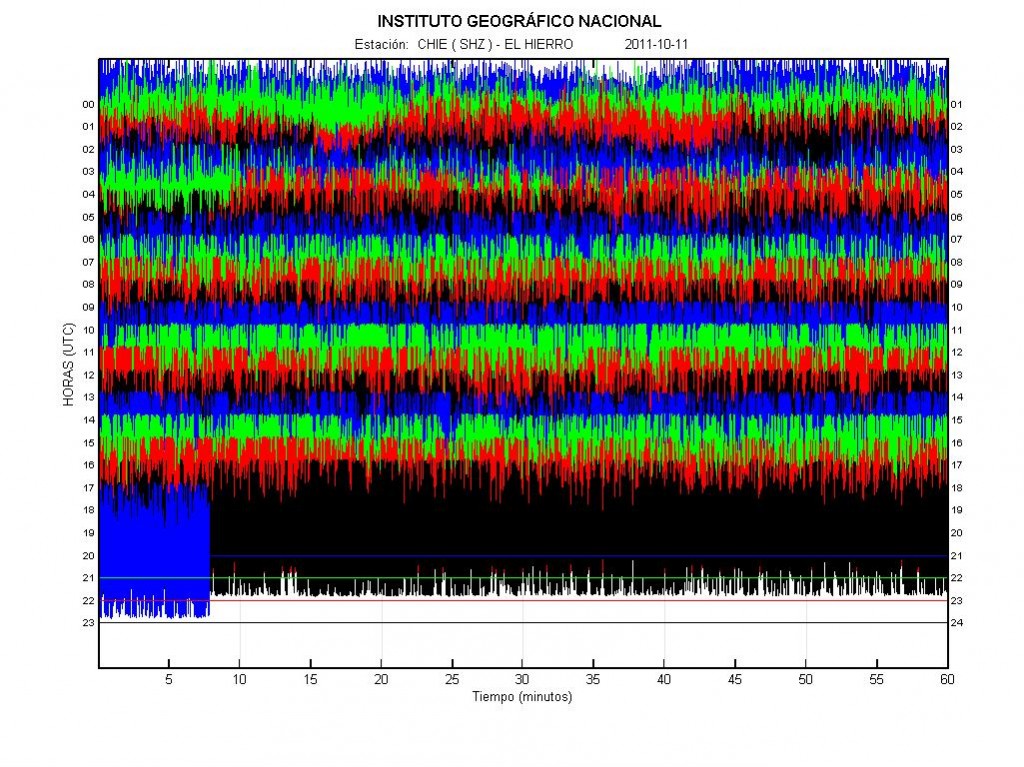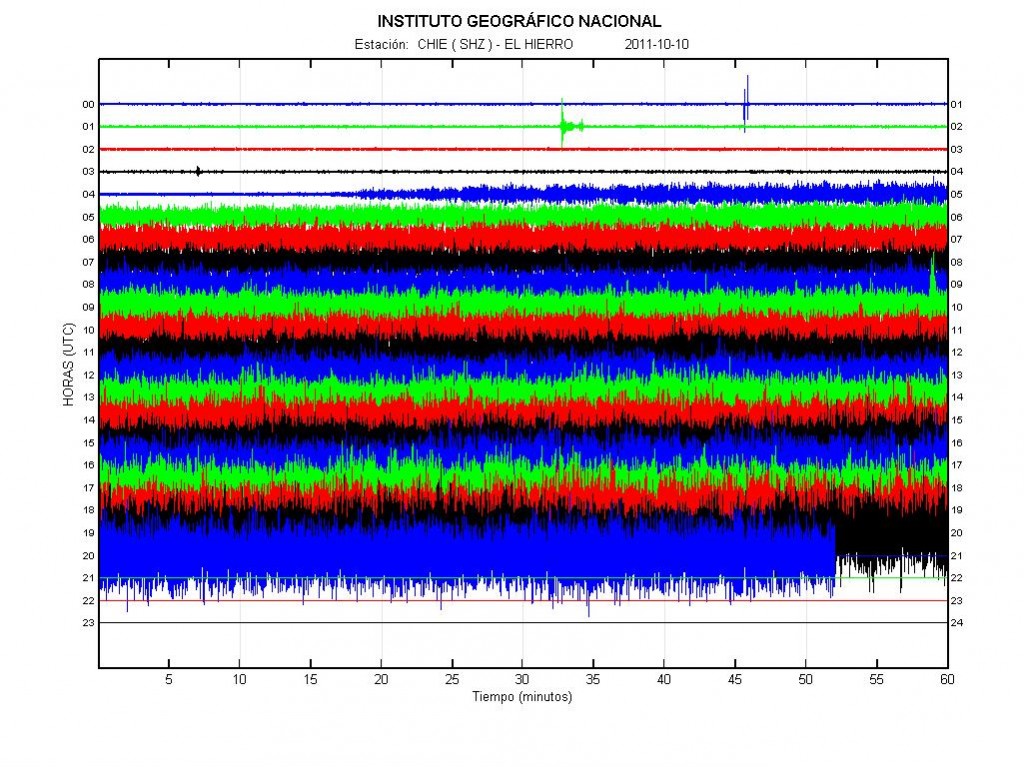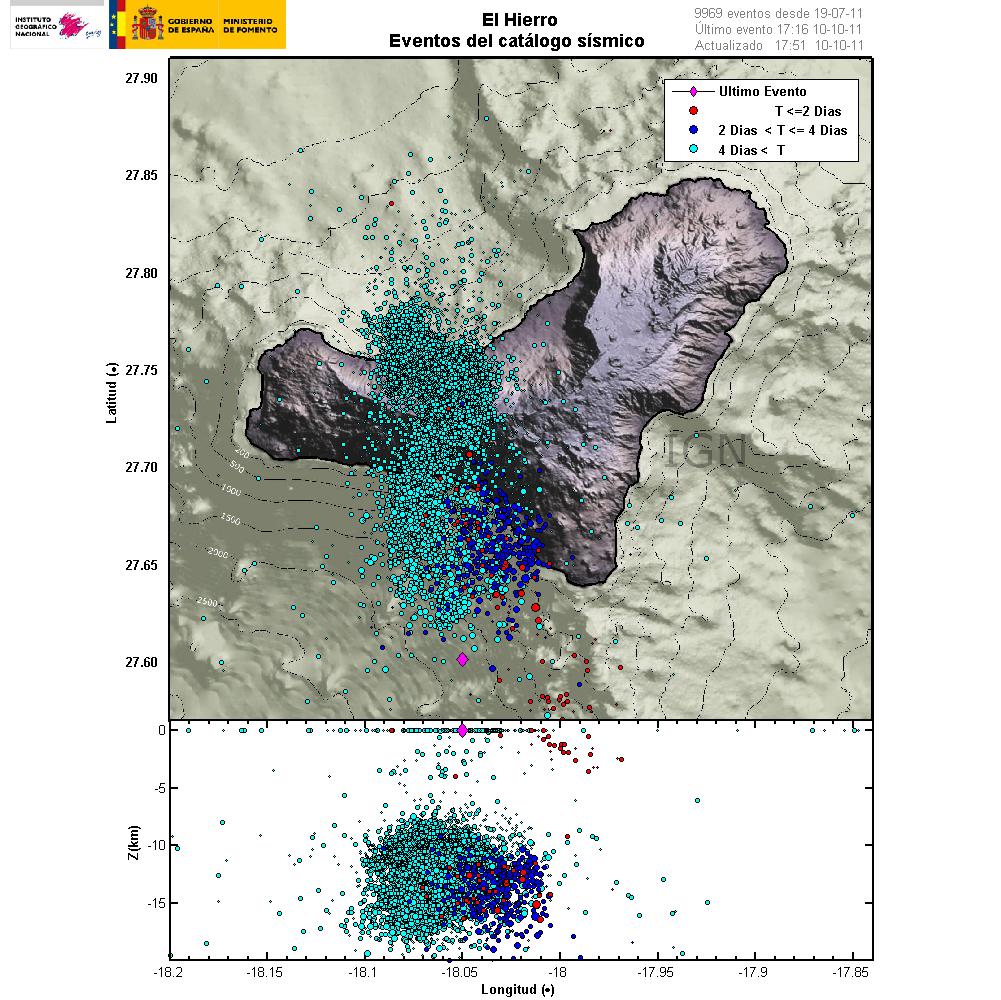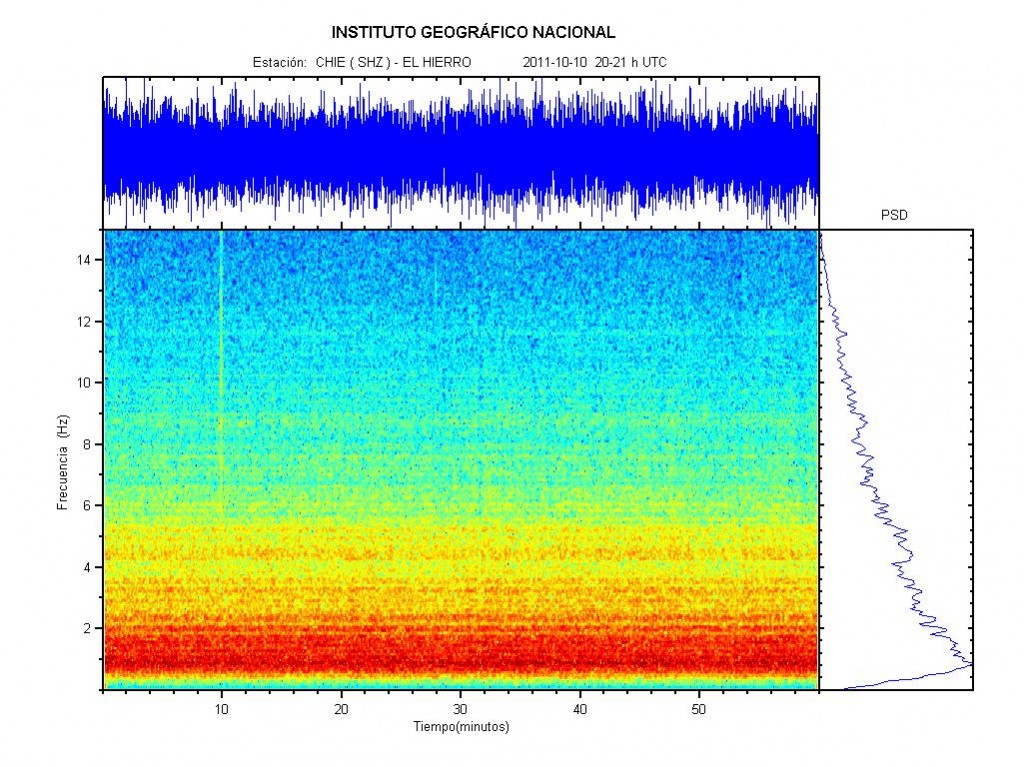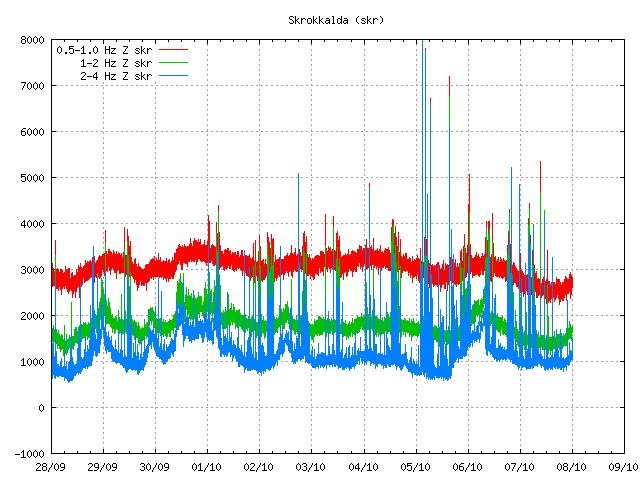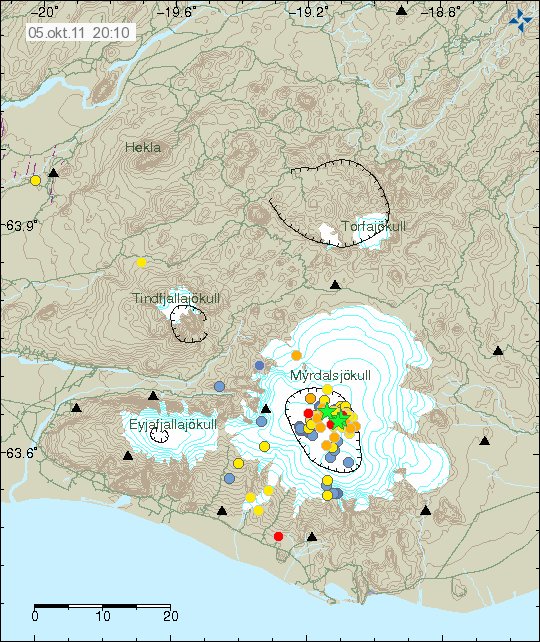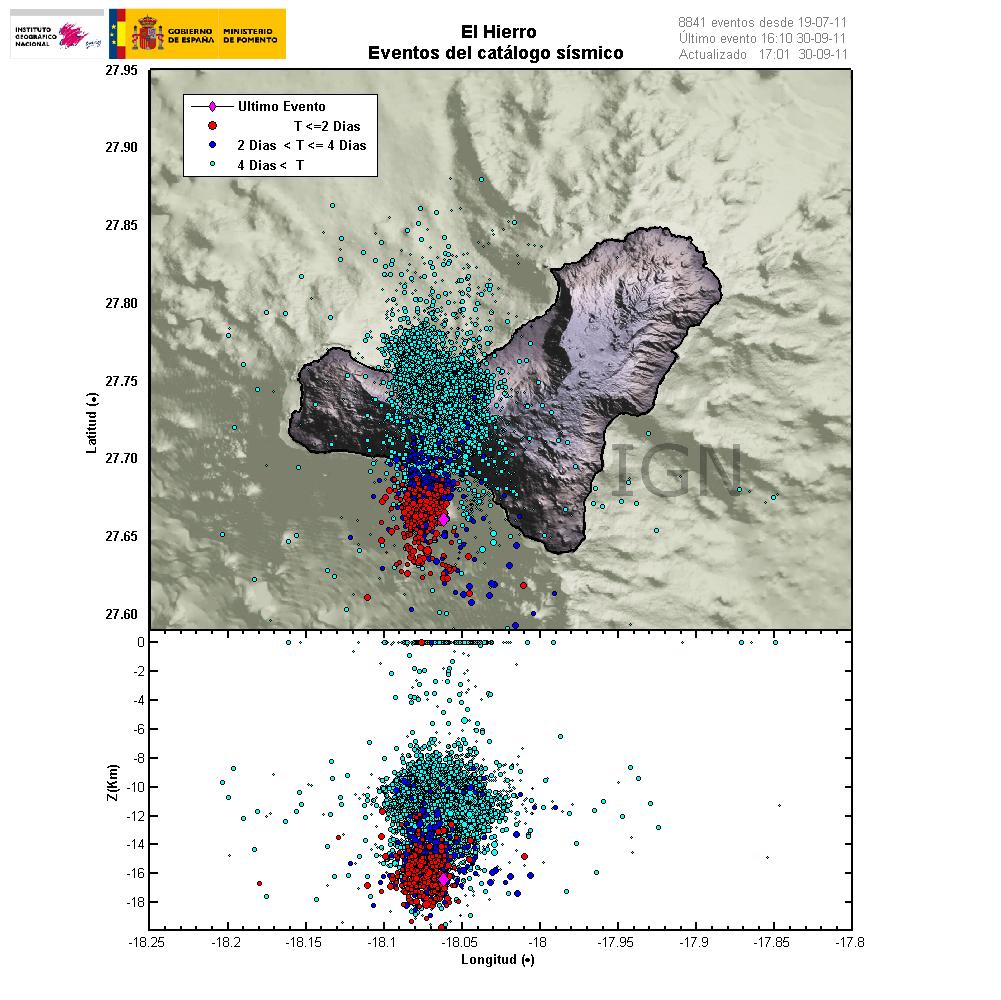During the night there was a earthquake swarm in Askja volcano and in Katla volcano. The earthquake swarm in Katla volcano might be ongoing, but it is hard to know that for sure at the moment.
The earthquake swarm in Askja volcano are signs that volcano is preparing for a eruption period. But it seems like that magma has been starting to collecting in Askja volcano last year (in March of 2010). This progress also seems to be moving along faster then I did expect last year. But the earthquake swarm that took place during night was because if a possible dike intrusion from Askja volcano that got into the crust inside Askja volcano fissure swarm. So far the pressure of the magma is not high enough to start a eruption and I am unsure how long this progress needs to continue before Askja volcano is ready for a eruption. The largest earthquake that happened during the night was ML3.4 and on around 1 km depth according to the news on Rúv.
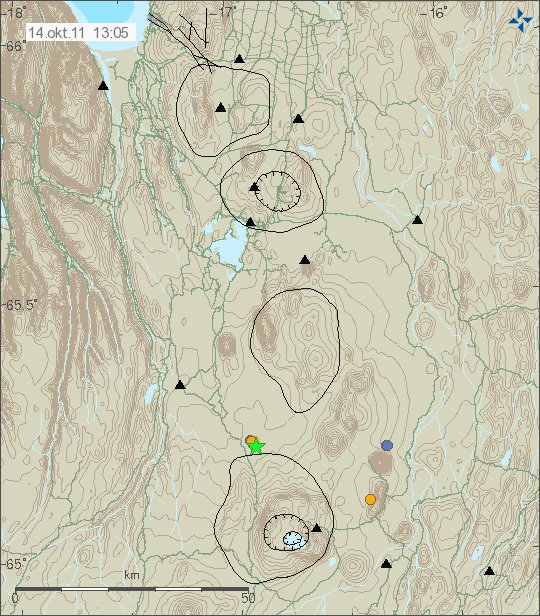
The earthquake area in Askja volcano. It is outside the main Askja volcano, but inside Askja volcano fissure swarm, the star marks the location of the ML3.2 earthquake (automatic size). Copyright of this picture belongs to Iceland Met Office.
Earthquake activity continues in Katla volcano as before. Most of the earthquakes are as before just small ones. Currently the earthquakes do not appear to be from dike intrusion as happened last week (5 October, 2011) with the earthquakes that where up to ML3.9 in size (checked data). After this large earthquake swarm activity dropped considerably. But it has been picking up again slowly during the week. But earthquake observation has been difficult due to frequent storms during the past two weeks that have been passing over Iceland. This storms have had wind up to 30m/s and wind gusts up to 56m/s (recorded).

The earthquake swarm in Katla volcano caldera. This area was active this summer when there was a minor eruption in Katla volcano. Copyright of this picture belongs to Iceland Met Office.
For the moment it is hard to know what happens next in Katla volcano or in Askja volcano. But it is clear that Askja volcano is preparing for a eruption (along with Kverkfjöll volcano). It is clear that Katla volcano is continuing to prepare for a eruption. But it is impossible to know when and how big that eruption might be. Until a eruption takes place, more dike intrusions with following earthquake swarms should be expected in Katla volcano.
Note: I am going to write more on El Hierro volcano (Canary Islands, Spain) later today. When I know more on what is going on in that volcano. But information gathering takes a little time when it is in a language that I do not properly understand yet.
News on this from Rúv.is.
Jarðskjálfti við Lokatind (Rúv.is, Icelandic)
Blog post updated at 14:23 UTC on 11 October, 2011

